Main Menu
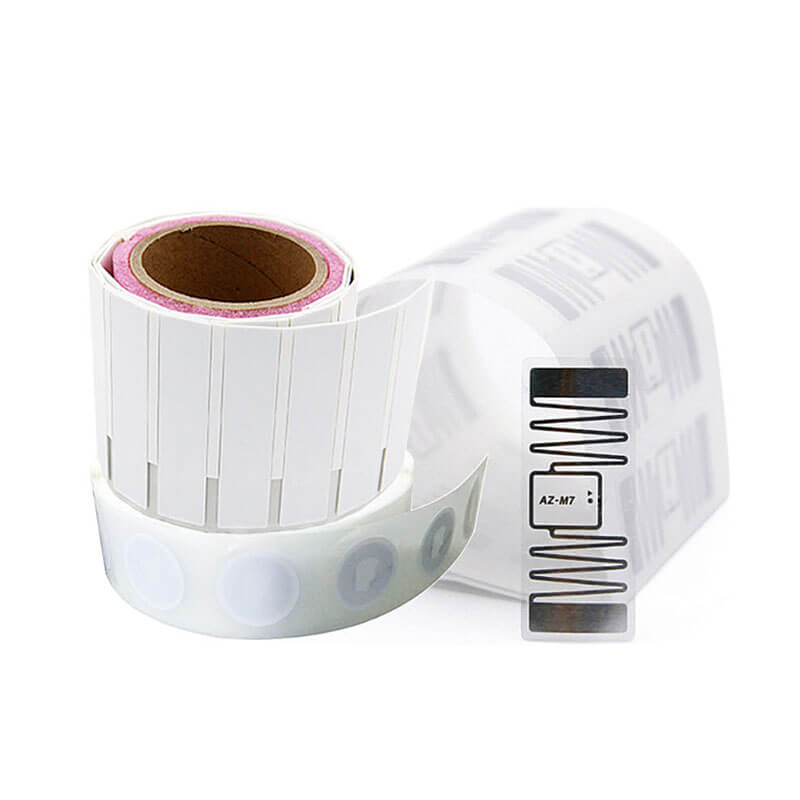
RFID stickers are thin tags that can be attached to items for tracking. They comprise an antenna, an integrated circuit, and a thin adhesive substrate.
The integrated circuit has enough memory to store information about a particular item. Once the sticker is attached on the item, it will allow tracking and easy identification.
RFID stickers are printable using a special RFID printer. They are common in car tracking and identification.
Become Our Partner
Fill out the form below to become our partner and get better prices and services.
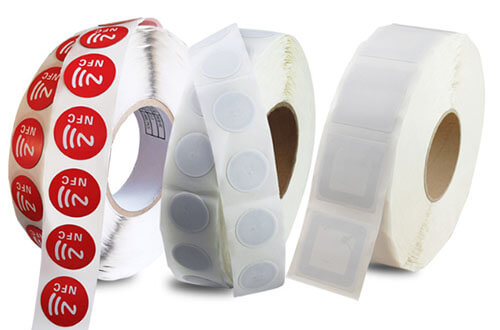
Paper RFID Label is the most commonly used RFID sticker, mainly because of the relatively low cost and easy printing, all are widely used.
Paper RFID lable is mainly used for asset management, inventory management, etc.
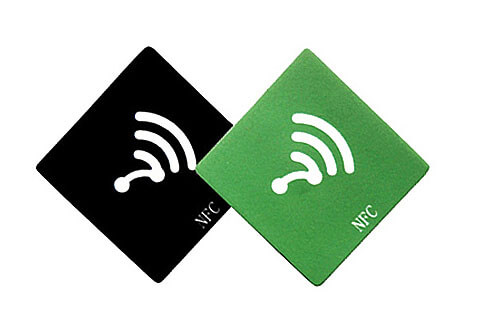
PET RFID Label is relative to paper RFID label advantage is environmentally friendly, durable, not easy to be damaged, also support proofing.

Fragile tags use special fragile paper and anti-transfer glue, tag antenna remove PET layer to achieve the effect of RFID fragile tags can not be peeled off normally after pasting, anti-transfer and anti-tear. After its affixing on the item, then uncover up the antenna will automatically break, so its play the role of anti-counterfeiting, mainly used in the field of anti-counterfeiting traceability of valuable items, tobacco, famous wine, etc.
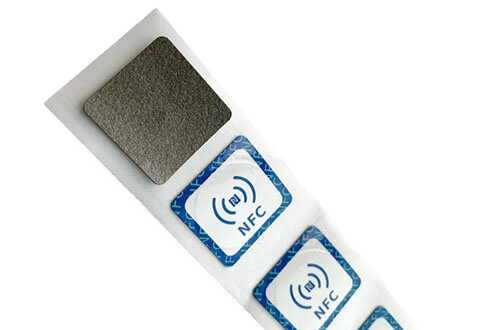
RFID anti-metal sticker adds an anti-metal material to the original RFID sticker to ensure it can work on the metal surface. Anti-metal labels are characterized by their ability to work properly on the surface of metal objects or objects with water inside.
RFID stickers can be attached to any surface. You will be required to remove a transparent or translucent cover to expose the adhesive layer of the tag. Here are some of the major applications of RFID stickers:
This is the primary use of RFID stickers. The sticker has enough memory where you can save details such as purchase date, vehicle ID, last serviced date, and date of purchase, among other crucial details. Whenever your vehicle comes near an RFID reader, it will display this information for ease of identification.
This information is particularly important in the following sectors:
With RFID stickers, you can effectively track assets. RFID stickers have a strong adhesive and last longer. Scan the tags to quickly retrieve asset information.
Long-distance trucks deliver goods to specific buyers. Due to the high value of consignments, buyers and sellers have the urge to know the location and expected time of arrival of the trucks.
One of the surest tracking technologies is the use of RFID stickers. Whenever these trucks pass through a toll fitted with RFID readers, the owner will get the timestamp. As such, they will be able to estimate the location of the truck as well as the expected time of delivery.
RFID stickers offer a relatively inexpensive method of product identification and inventory management. You can stick them on each of your products thus allowing flawless checkout and easy tracking of orders.
To achieve this, you will need to have an RFID reader. Whenever any object is flashed past the reader, it will reveal the item’s tracking details such as purchase date, number of items remaining on stock, batch number, and expiry date among others.
This system ensures that you do not understock or overstock. Additionally, the system ensures that you notice short expiry items for ease of disposal.
Some countries such as Japan and Norway have included an RFID tag on passports to store information about visitors. Such details are essential since they heighten security by monitoring who enters or leaves a country.
RFID stickers are particularly useful since they are thin and can be made using a transparent substrate. This makes it easy for them to be attached to the passport without affecting its readability/ usage.
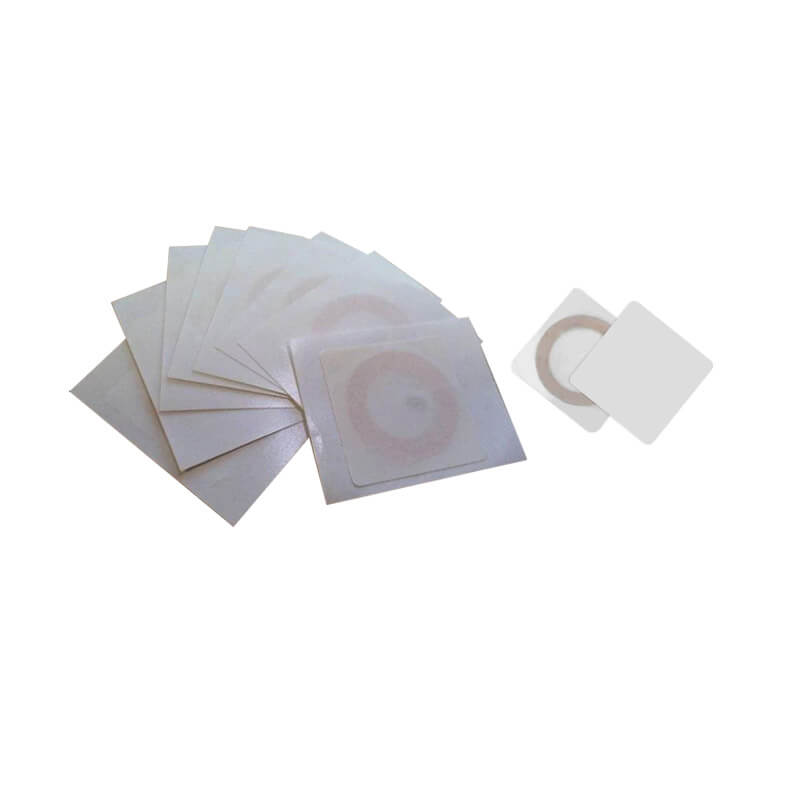
125 kHz RFID sticker can be used for personal identification and helps protect information and data related to personal information. Usually used in warehouses or wherever asset tracking is required.
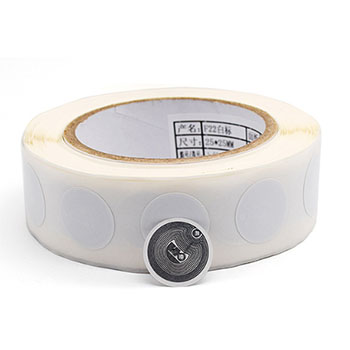
13.56MHz RFID Stickers are mainly used for anti-counterfeiting and NFC applications, such as anti-counterfeiting and traceability of high-end commodities.
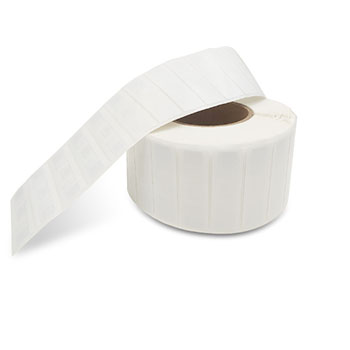
RFID UHF RFID S can be customized with logos, serial codes or EPC lasers. Asset management, unmanned retail, etc.
RFID tags cannot be used alone, so you need to make sure you have your own existing system or that you are a system integrator so that you can purchase your own RFID tags.
Chip is the core of RFID can store and exchange data, for the beginning of the system design will choose a good chip model, different chip features and prices are different, so you need to determine your own system to use the chip model.
If you do not know your own chip model, you can send us a sample of your hand to help you test the chip model.
The price is different for different materials and sizes, so choose the right material and size for you based on cost control.
We can customize the logo, print UID, Encoding data etc. for RFID Stickers.
We have a professional technical team, come and compare prices and services
RFID stickers and labels are often used to mark inventory or expensive assets to achieve RFID tracking. Each label contains an RFID chip and antenna, which can be printed or pre-printed and can be quickly pasted to improve work efficiency.
The working principle of RFID sticker is the same as that of RFID tag. The RFID reader antenna supplies power to the tag through radio waves to achieve the effect of data interaction.
Generally, the reading range of high-frequency and low-frequency rfid sticker is 0-10cm, using high-power readers can reach 1-2m, UHF RFID sticker tags can read up to 12 meters, but UHF tags are most susceptible to interference.
RFID stickers are printable, you can have your print material customize the corresponding RFID stickers, you can also entrust our factory for custom printing
The primary advantage of passive RFID systems is that tags are very inexpensive, ranging from $0.10 to $1.50 per tag. These tags also don’t require batteries, so they last for many years.
| IC | Memory | Protocol | Read/Write | Datasheet |
|---|---|---|---|---|
| TK4100 | 64bit | ISO7815 | Read-only | Download |
| EM4200 | 128bit | ISO7815 | Read-only | Download |
| EM4305 | 512bit | ISO11784/11785 | Read&Write | Download |
| EM4450 | 1kbit | ISO11784/11785 | Read&Write | Download |
| ATA5577 | 224bit | ISO11784/11785 | Read&Write | Download |
| Hitag 1 | 2048bit | ISO11784/11785 | Read&Write | Download |
| Hitag2 | 256bit | ISO11784/11785 | Read&Write | Download |
| MIFARE Classic 1k(S50) | 1K Bytes | ISO14443A | Read&Write | Download |
| MIFARE Classic 4k(S70) | 4K Bytes | ISO14443A | Read&Write | Download |
| MIFARE Ultralight EV 1 | 512bit | ISO14443A | Read&Write | Download |
| MIFARE Ultralight C | 192 Bytes | ISO14443A | Read&Write | Download |
| MIFARE Plus EV2(2K) | 2K Byte | ISO14443A | Read&Write | Download |
| MIFARE Plus EV2(4K) | 4K Bytes | ISO14443A | Read&Write | Download |
| MIFARE Plus SE(2K) | 2K Byte | ISO14443A | Read&Write | Download |
| MIFARE Plus SE(4K) | 4K Byte | ISO14443A | Read&Write | Download |
| MIFARE Plus X(2K) | 2K Byte | ISO14443A | Read&Write | Download |
| MIFARE Plus X(4K) | 4K Byte | ISO14443A | Read&Write | Download |
| MIFARE Desfire Light | 640 Bytes | ISO14443A | Read&Write | Download |
| MIFARE Desfire EV3(2K) | 2K Bytes | ISO14443A | Read&Write | Download |
| MIFARE Desfire EV3(4K) | 4K Bytes | ISO14443A | Read&Write | Download |
| MIFARE Desfire EV3(8K) | 8K Bytes | ISO14443A | Read&Write | Download |
| NTAG 213 | 144 Bytes | ISO14443A | Read&Write | Download |
| NTAG 215 | 504 Bytes | ISO14443A | Read&Write | Download |
| NTAG 216 | 888 Bytes | ISO14443A | Read&Write | Download |
| NTAG 213 Tag Temper | 144 Bytes | ISO14443A | Read&Write | Download |
| NTAG 424 DNA | 416 Bytes | ISO14443A | Read&Write | Download |
| NTAG 424 DNA Tag Tamper | 416 Bytes | ISO14443A | Read&Write | Download |
| ICODE SLIX | 896 bits | ISO15693/ISO 18000-3M1 | Read&Write | Download |
| ICODE SLIX 2 | 2528 bits | ISO15693/ISO 18000-3M1 | Read&Write | Download |
| ICODE SLIX-L | 256 bits | ISO15693/ISO 18000-3M1 | Read&Write | Download |
| ICODE SLIX-S | 1280 bits | ISO15693/ISO 18000-3M1 | Read&Write | Download |
| ICODE DNA | 2016 bits | ISO15693/ISO 18000-3M1 | Read&Write | Download |
| Tag-It™ HF-I Standard (TI 256) | 256 Byte | ISO15693 | Read&Write | Download |
| Tag-It™ HF-I Plus (TI 2048) | 2K Bytes | ISO15693 | Read&Write | Download |
| Higgs 3 | 96 bit epc,512 bit user | EPC Class1 Gen2/ISO 18000 6C | Read&Write | Download |
| Higgs 4 | 128 bit epc,512 bit user | EPC Class1 Gen2/ISO 18000 6C | Read&Write | Download |
| MONZA 4QT | 128 bit epc,512 bit user | EPC Class1 Gen2/ISO 18000 6C | Read&Write | Download |
| Monza 5 | 128 bit epc,32 bit user | EPC Class1 Gen2/ISO 18000 6C | Read&Write | Download |
| Monza R6 | 96bit epc | EPC Class1 Gen2/ISO 18000 6C | Read&Write | Download |
| Monza R6-P | 96bit epc,32 bit user | EPC Class1 Gen2/ISO 18000 6C | Read&Write | Download |
| UCODE 7 | 128 bit epc | EPC Class1 Gen2/ISO 18000 6C | Read&Write | Download |
| UCODE 7m | 128 bit epc | EPC Class1 Gen2/ISO 18000 6C | Read&Write | Download |
| Ucode 8 | 128 bit epc | EPC Class1 Gen2/ISO 18000 6C | Read&Write | Download |
| Ucode 8m | 96 bit epc,32 bit user | EPC Class1 Gen2/ISO 18000 6C | Read&Write | Download |
| UCODE DNA | 224bit epc,3072 bit user | EPC Class1 Gen2/ISO 18000 6C | Read&Write | Download |
Send the message successfully, we will reply you within 24 hours.